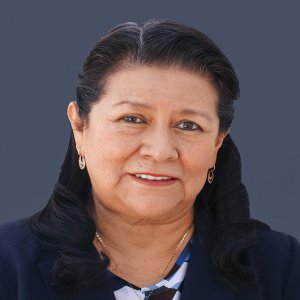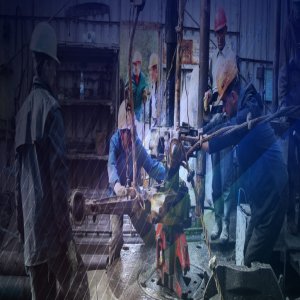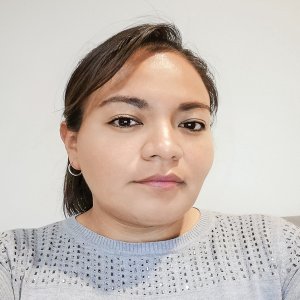Energy Group Working to Develop Value Chain, Spur Southern Growth

STORY INLINE POST
Q: What motivated the creation of the National Council of Energy Clusters?
A: This project began when I was president of the Tabasco Energy Cluster. At that time, there were eight energy clusters in different states across the country. We approached each cluster and began to establish a network. After several meetings, we came to the conclusion that we needed to develop cooperation teams, workplans and communication between us. That is how the National Council of Energy Clusters was born. Our first objective was to develop the energy industry’s productive value chain. Our second objective was to support the group in each state and present both local and regional projects. For example, in the south-southeast region, we include the states of Campeche, Tabasco, Chiapas and the southern area of Veracruz. Since launching the council, we have grown to encompass 14 states. We have a total of 16 clusters because Oaxaca and Baja California both have two clusters. The Sonora and Aguascalientes clusters are likely to join us soon, meaning that by the end of 2020, we expect the National Council of Energy Clusters to represent 18 states, covering 1,300 energy companies across the country and throughout the industry's value chain.
Q: What role will the council play in helping Mexico's oil and gas industry prosper?
A: We are not exclusively focused on PEMEX. Our portfolio of activities is quite broad. Of the 14 states that make up our member base, many have segments that operate independently of PEMEX, such as Baja California, Sonora and Queretaro. We organize plans to support both the governing bodies at the federal, state and municipal levels as well as their suppliers, which are considered part of a much broader agenda. The objective of this business plan is to help level the social and economic inequalities that exist in the country. Mexico can be seen as two countries. The first is made up of the northern states, while the second is made up of the southern and southeastern states. The northern states have a much higher volume of industrial activity, while the southern states are perceived as service providers. We want to raise the level of the southern states to that of the northern states by developing a comparable volume of industrial activity in the south.
Of the four major projects promoted by the government, three are located in the southern and southeastern states: the Transisthmic Corridor, the Dos Bocas refinery and the Mayan Train. These three projects directly link the states of Oaxaca, Chiapas, Tabasco, Campeche and Veracruz. The Mayan Train will also travel through Yucatan and Quintana Roo, creating a new route for the transportation of exports from these states. To attract investment from the northern states regarding the transportation of these products, you must provide access to cheap energy and resources. Otherwise, companies will not invest or bring their businesses to these states. The projects we are developing contemplate the arrival of these products at the port of Coatzacoalcos in Veracruz, which is primarily being expanded thanks to investments in the Transisthmic Corridor project. This corridor will facilitate exports to Europe and Asia through the port of Salina Cruz. Although the availability of both fossil fuels and renewable energy is enormous in these states, one of the problems that limits distribution is the age and poor condition of the existing transmission lines in Mexico. More projects will need to focus on this type of infrastructure. We cannot allow ourselves to continue waiting for public budgets to solve this. It requires private investment.
Q: What are the most important projects you are developing?
A: There are two projects that are in the preliminary phase. The first is the development of an industrial corridor on a stretch of the border between Tabasco and Chiapas, located 40km from the Veracruz border. This project would take advantage of both projects, the Mayan Train and the Transisthmic Corridor to give the products from our region access to a global distribution network. We are collaborating closely with Leonel Azuela, President of the Veracruz Energy Cluster, on this project. It is located near strategic areas of Tabasco, such as the fishing town of Sánchez Magallanes, located approximately 35km from the International Highway 180 that travels to the border city of Matamoros, Tamaulipas. The second project involves a company in Ciudad Juárez, Chihuahua. This company is a world-leading manufacturer of fan blades for different applications. For this project, the company would open a new plant in the port of Frontera, Tabasco. The development of the Frontera port is quite promising, given its proximity to the 255 oil platforms operating in the Gulf of Mexico.
The National Council of Energy Clusters, founded in November 2019, fosters relationships between the state energy clusters to facilitate the coordination of energy projects in the northern, central and southern states of Mexico. The association represents 16 energy clusters in 14 federal entities across the country.








 By Pedro Alcalá | Senior Journalist & Industry Analyst -
Tue, 11/10/2020 - 12:56
By Pedro Alcalá | Senior Journalist & Industry Analyst -
Tue, 11/10/2020 - 12:56









